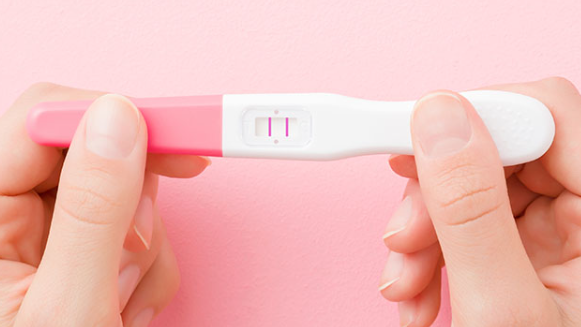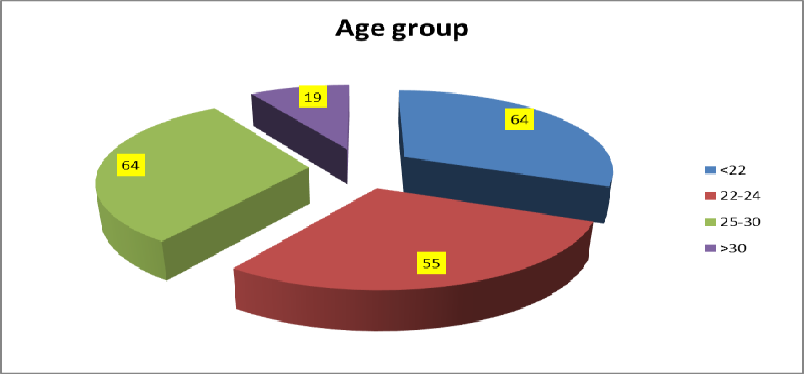Baby’s brain development is a fascinating and rapid journey that begins in the womb and continues at lightning speed through the first five years of life. During this period, the brain builds millions of neural connections every second, creating the foundation for learning, emotional growth, and overall well-being.

1. Baby’s Brain Development in the Womb
The process of baby’s brain development begins just weeks after conception:
- First month: Around four weeks, the neural tube forms, which will later develop into the brain and spinal cord.
- By six weeks: Early brain regions — forebrain, midbrain, and hindbrain — start taking shape, and first brain electrical activity begins.
- Second trimester: The fetus starts responding to sounds and movements while practicing reflexes like swallowing and breathing.
- Third trimester: The brain triples in size and starts to resemble the adult brain, preparing for rapid learning after birth.
2. Birth to 12 Months — A Million Connections Every Second
When a baby is born, the brain is about 25% of adult size, but baby’s brain development accelerates immediately:
- Neural connections form at a rate of over one million per second.
- Sensory experiences such as touch, voice, and sight stimulate strong neural pathways.
- Eye contact, cuddling, and responsive interactions nurture the emotional and cognitive foundations of the brain.
3. Toddler Years (1–3) — Fast Growth and Early Learning
By the toddler years, baby’s brain development is in full swing:
- The brain grows to about 80% of adult size by age 3.
- Language development accelerates — toddlers rapidly expand their vocabulary and start forming sentences.
- Emotional regulation and problem-solving begin to develop as connections in the prefrontal cortex strengthen.
- Play, exploration, and social interaction play a critical role in strengthening brain circuits during this stage.
4. Preschool Years (3–5) — Refining and Pruning
By age five, baby’s brain development reaches approximately 90% of its adult size. This stage is marked by:
- Synaptic pruning, where unused connections are eliminated to make the brain more efficient.
- Rapid language expansion — children use complex sentences, tell stories, and engage in imaginative play.
- Improved attention span, self-control, and early problem-solving skills.
- Preparation for formal learning, including recognizing letters, numbers, and basic concepts.
5. Why the First Five Years Matter
The first five years are often called the “critical period” of baby’s brain development. Positive, nurturing environments are key for building strong neural pathways that shape a child’s future.
- Loving interactions — talking, reading, and singing with your baby every day build communication and social skills.
- Nutrition — brain-friendly foods with healthy fats, iron, and protein fuel cognitive growth.
- Safe environments — secure, stable relationships help reduce stress and foster healthy brain development.
- Play — unstructured play strengthens creativity, problem-solving, and emotional regulation.
6. Supporting Baby’s Brain Development at Home
Parents and caregivers can actively support healthy baby’s brain development with simple, everyday practices:
- Talk and read to your baby often to stimulate language pathways.
- Engage in serve-and-return interactions — respond to your baby’s coos, smiles, or gestures.
- Provide sensory experiences like music, touch, and age-appropriate play.
- Ensure adequate sleep and balanced nutrition for optimal brain growth.
- Offer a safe and loving environment where the child feels secure and valued.
From the earliest weeks in the womb to the fifth birthday, baby’s brain development is nothing short of extraordinary. By understanding these stages and providing a nurturing, responsive environment, parents and caregivers lay the foundation for a lifetime of learning, curiosity, and emotional well-being.
References
- First Things First. (2024). Brain Development in the First Five Years
- Parents. (2023). When Does a Fetus Develop a Brain?
- Verywell Family. (2024). Fetal Brain Development: Stages and Growth
- Parent Infant Foundation. (2022). Building Babies’ Brains
- CDC. (2024). Early Brain Development and Health
- Verywell Mind. (2024). Critical Periods in Brain Development
- Gerber. (2023). Brain and Cognitive Development – Baby Matters





